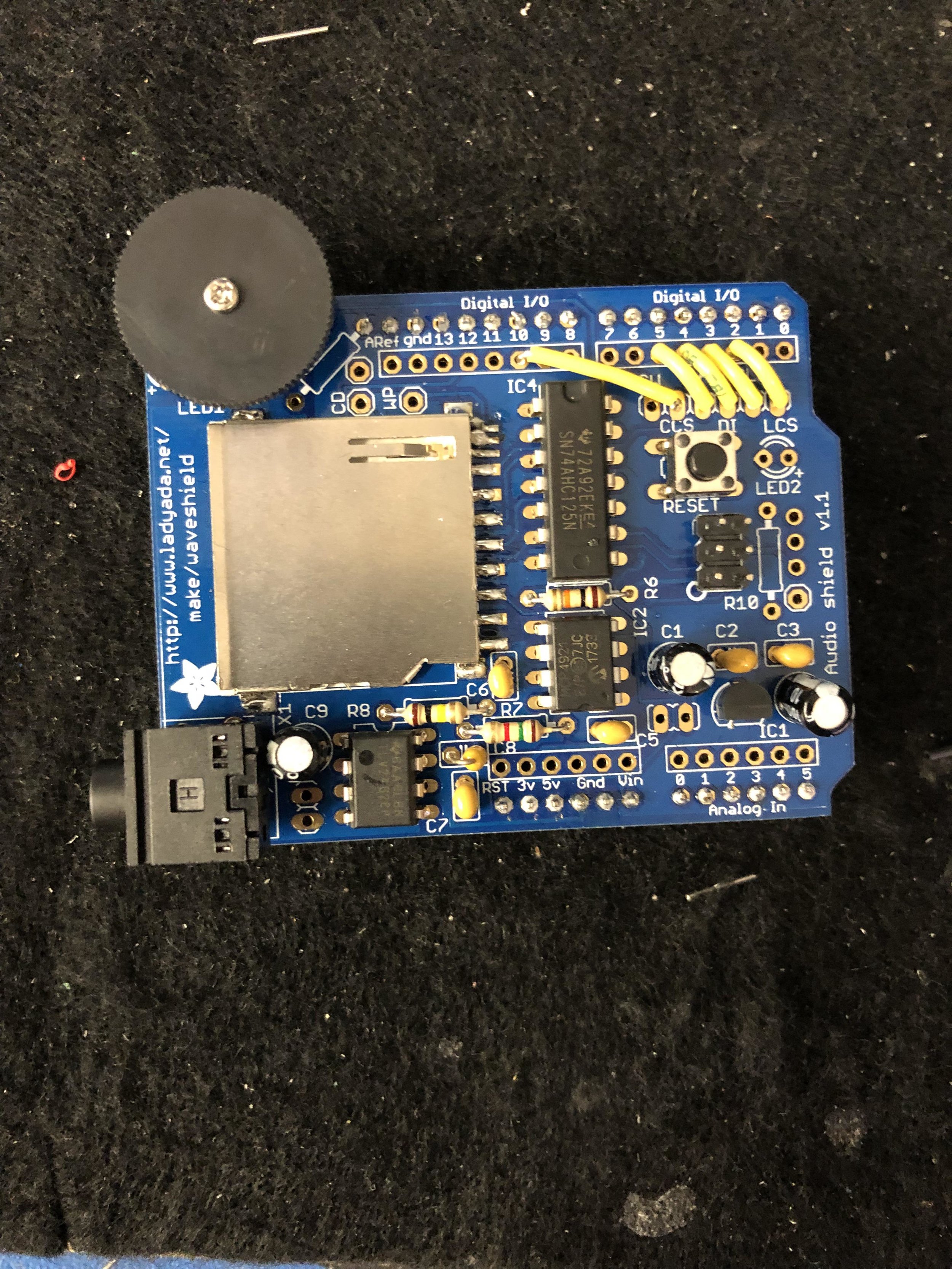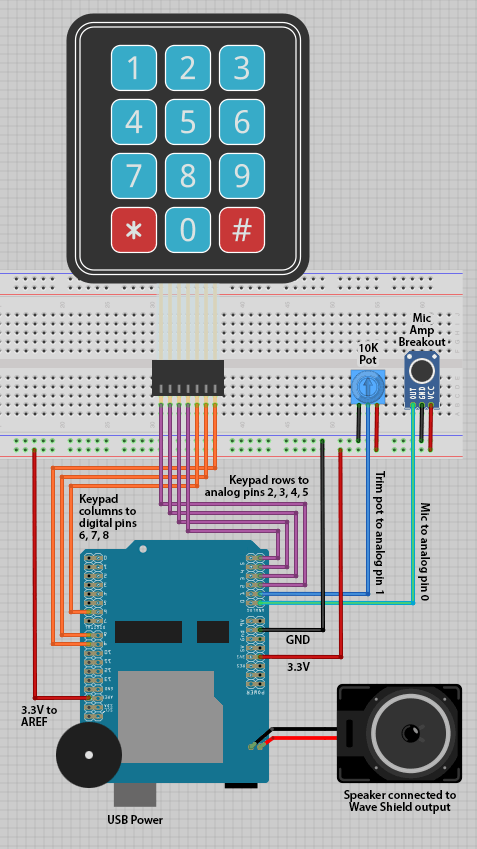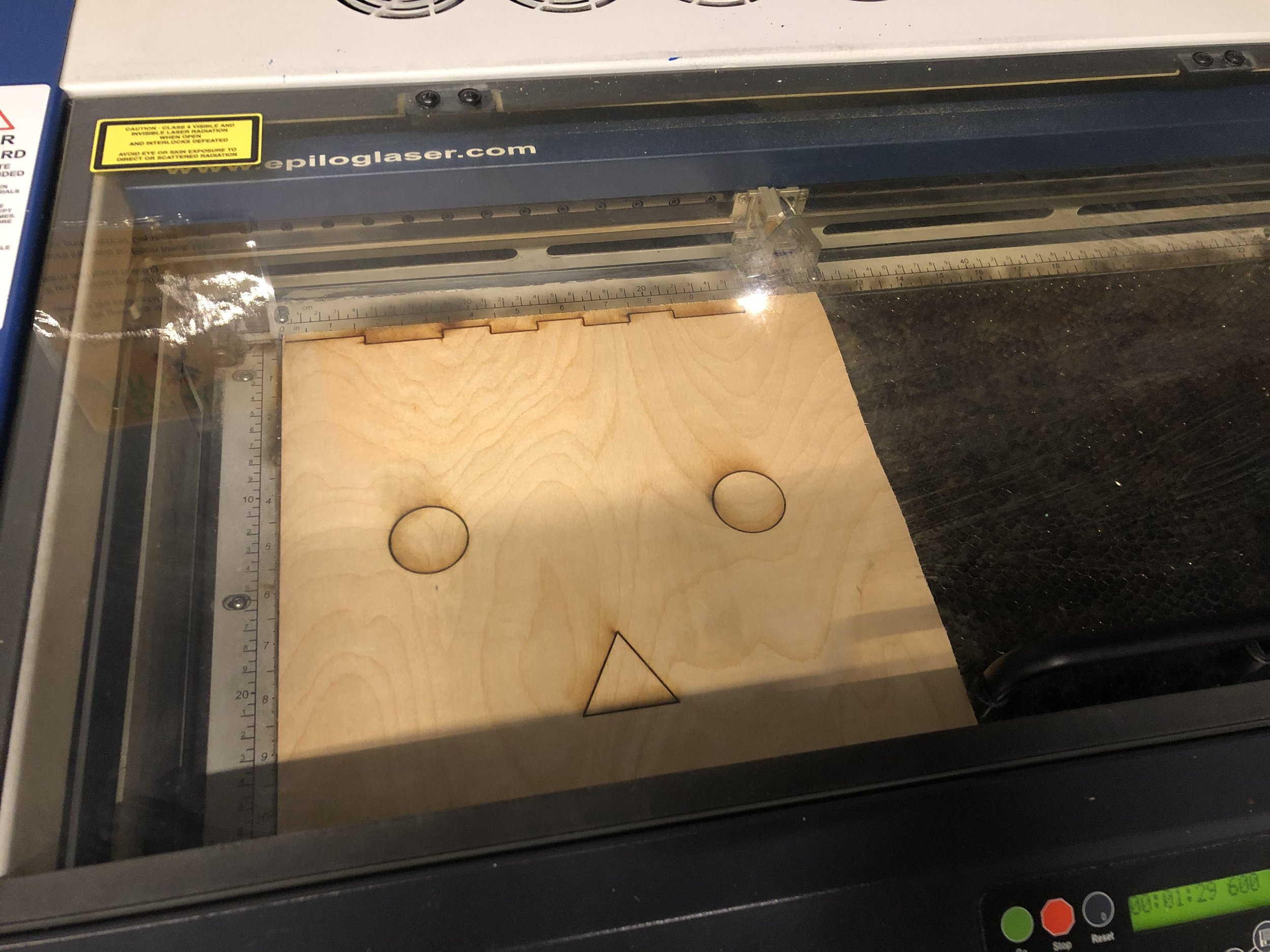Voice Chamber
Wearable | Physical Computing
TECHNOLOGY: Arduino / Adafruit / Soldering / Lasercutting / MaxMsp
A way to help you understand/get out of social isolation and loneliness
Social isolation and the feeling of loneliness is commonly existing among human beings which could cause health issues. The reason behind it varies and there is no general solution that fits all. Social isolation and loneliness are hard to measure and don’t have any clear standards. People who have frequent social activities may still face these kinds of issues. Also, sometimes people even don’t aware of or feel afraid of facing it. Through this project, I’d like to inform people this kind of situation is a common thing instead of something you should hide or be ashamed of. Hopefully, it could help reduce the pain and health outcomes social isolation may cause.
RESEARCH
Since social isolation and loneliness is a very human-centered topic and everyone’s situation varies, so I decided to design an initial survey first to get a basic sense of people’s attitude towards social isolation and loneliness, have they ever felt that, as well as getting their demographic information and contact information.
The link to the survey is: https://goo.gl/forms/c5qM5Zl2ClFrXMK33
INSIGHTS
The result is a little bit surprising that most people described that they were socially isolated or felt lonely before and think social isolation or loneliness is a neutral thing, which corresponds to the opinion I want to express through my project: You don’t have to feel bad about social isolation and loneliness. Meanwhile, more people think social isolation is a kind of feeling instead of an external state, which does not correspond to the academic definition of social isolation. When I designed the survey, I didn’t define social isolation anywhere intentionally because personally, I don’t totally agree with the ‘official’ definition. I’m not sure I was right or not, but just want to know people’s opinions about it.
CONSTRAINTS
For now, I got 24 responses to my survey and the age group is centered on young grown-ups. The number is too small and the demographic information is not varied enough. Also, this time I didn’t ask any deep questions about the reason or ask them to share some stories because I think it would be more efficient to talk to somebody in person to get these kinds of information.
1st prototype: Echo Chamber
‘Echo chamber gear’ works as a simulation of social isolation/loneliness in order to reach the informal purpose. The gear would be a closed, dark environment inside, and people inside can only hear his/her own voice echo instead of outside sounds. The unpleasant experience could only stop by he/her taking off the gear or somebody else touch the touch sensor outside because I think social isolation/loneliness could only be overcome on one's own initiative or being helped by the community.
For the first prototype, I decided to test if the concept could really help people feel isolated and lonely without using any circuit. So, I used a paper box as the gear and Max MSP to create echo sound. Below is a short demo video:
2nd Prototype: Voice Changer
Another idea that came to me is since a lot of people become socially isolated because of their personal situations including financial status, appearance, etc, so what if I created a wearable that can fuzz up their identities?
Basically, I used the same core components in my prototype one. I used the adafruit wav shield with Arduino to build a voice changer. I also laser-cut a wood box and put all the electronic parts inside it. I designed the box to have a cute face because I assume that will encourage people to try it and let other people willing to interact with the person inside.
I invited multiple people to try them on and the process was really fun. People were willing to put it on, talk and act as an anonymous person. But for now, I still not sure if it will give isolated people the courage to go out and connect with people. I need more people to test it out in the future.
SOLDERING PROCESSS
After I get the wav shield, I started to soldering all the components, which is a lot to do. The before and after pictures are attached below.
PLAY SOUND FILES
Credit to lady ada on Adafruit for providing this tutorial: https://learn.adafruit.com/adafruit-wave-shield-audio-shield-for-arduino.
The first test I did is running through the most basic function of the wav shield which is playing sound from the SD card. One thing that needs to mention is that the wav shield can only play PCM 16-bit Mono WAV files at a 22KHz sample rate, so any sound files that have different settings from this need to be converted. I used Audacity to that. The result is all the sounds play perfectly in the loop and I can use the potentiometer to adjust sound volume in real-time.
See the video below:
VOICE CHANGER
Credit to Phillip Burgess on Adafruit providing this tutorial: https://learn.adafruit.com/wave-shield-voice-changer/overview
I used a breadboard to hook everything up. Basically, the Arduino code will get the pitch of every sound voice and change and map the pitch of voice output from 0 to 1023.
It worked as shown in the video:
But the constraint here is the potentiometer that controls the pitch can’t work in real-time because Arduino and wav shield can’t read the sound files and change the pitch together, so I change the pitch by turning the potentiometer, I have to press the reset button.
LASER CUT
Here comes the wearable part. I designed the box to be a cute robot avatar which I think could let other people be willing to interact with you. I put acoustic foams inside in order to isolate sound as well as provide a soft surface to wear.
In order to make it portable, I soldered the wires on a PCB board and made it power-supplied by a 9V battery. Luckily the battery can provide enough power to both the Arduino and the wave shield.
Then I cut a hole on the side of the box to mount the circuit part on the edge. It looks kinda nice from the outside and inside. I left the wav shield exposed because I have to press the small reset button. I think there should be a better way to cover the shield which I could do later.
User Test
I had multiple people try on my voice box and we were having fun inside.
NEXT STEP
My next step would be to find more people for my survey and talk to them, especially people who experienced social isolation or are experiencing it deeply. I’m trying to reach some people on Facebook groups, meetups, and organizations. I think that’s one of the most difficult parts of doing the project that I can’t easily reach somebody who’s very socially isolated. I’m also trying to interview more experts in this field including sociologists, psychologists, and therapists. I think talking to a specialist in this field would be useful for me to get better insights and maybe help me find someone to talk to.
Meanwhile, I will keep developing my prototype: echo chamber, do user testing, and do iterations after I get feedback from them. I would also love to do some cultural probes experiment when I have time. I think it would be a really good way to understand people better.



















